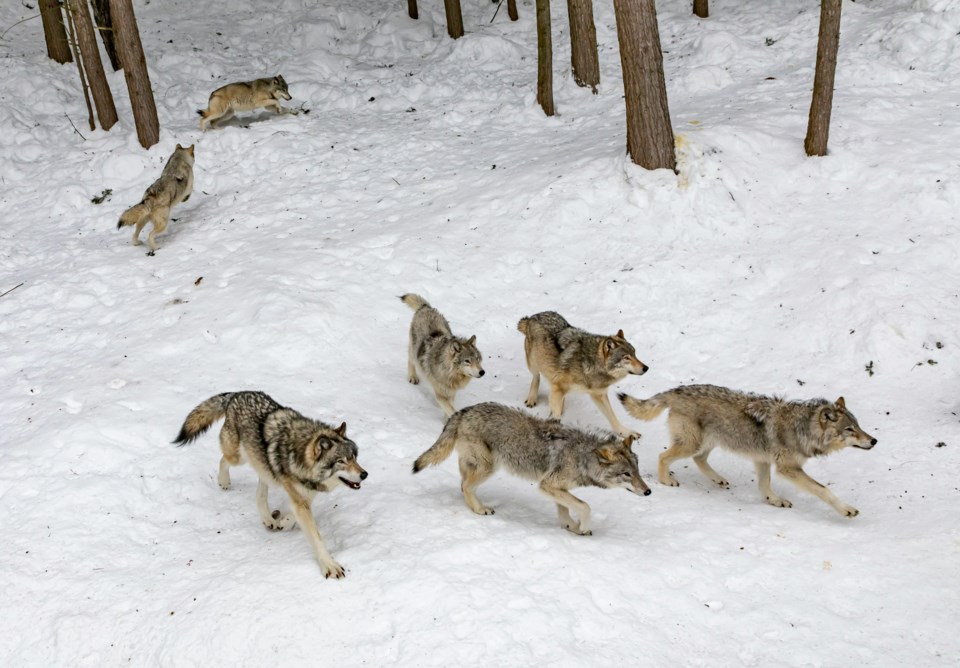Colorado is celebrating the one-year anniversary of reintroducing wolves to the state after 80 years of absence.
The effort, driven by a voter-mandated initiative, aims to restore the balance of nature by bringing back a species critical to the ecosystem.
As the program progresses, conservationists are identifying key steps to ensure its long-term success.
The Return of Wolves to Colorado
In December 2023, Colorado released five wolves into the wild, sourced from Oregon, marking the beginning of a historic reintroduction process.
These wolves are the first to roam Colorado’s wilderness in nearly a century after being eradicated through hunting and trapping.
Shortly after, an additional five wolves were introduced, making a total of ten now living in the western part of the state.
One of the most encouraging signs of progress was the birth of a litter of wild-born wolf pups during the first summer.
This natural reproduction highlights the wolves’ ability to adapt to their new environment.
A video of these pups playing, shared by Colorado Parks and Wildlife, captured the attention of many, showing how valued the wolves have become to residents.
Challenges and Solutions for Wolf Conservation
While the reintroduction has been a success so far, challenges remain for the program.
Public lands, which make up 43% of Colorado, are home to both wolves and domestic livestock.
Conservationists stress that native wildlife should be prioritized over commercial livestock in these areas, with losses compensated through state-managed programs.
Conservation groups also advocate for science-backed coexistence tools to reduce conflicts between wolves and livestock.
Techniques such as using fladry (flagging barriers), range riders, and other non-lethal methods can protect both wolves and livestock.
Additionally, experts believe that decisions about wolf management should remain in the hands of biologists rather than politicians or private commercial interests to ensure the success of the program.
Colorado’s wolf reintroduction efforts symbolize a step toward ecological restoration.
By addressing these challenges, the state can ensure that wolves continue to thrive in their rightful place in Colorado’s wilderness.



